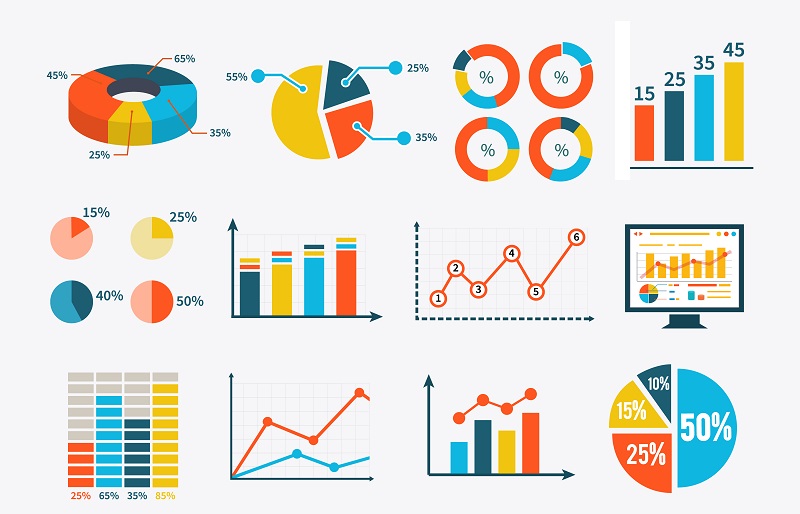This blog would have been completed a whole lot sooner had a it not been for our latest interviewee, Bill Shander[1], introducing us to FiveThirtyEight—a US site devoted to explaining complex concepts through data analysis and visualisation. Since when, I’ve been wrapped up going “ooh” and “aah” and “isn’t that interesting?” a lot, instead of writing blogs. Did you know that GOP primary votes count more in diverse districts? Or that Americans are a nation of procrastinators? I do, and so do most of my friends now, because I’ve told them.
There’s something extremely compelling about a truly surprising insight presented in an easy-to-understand visual format. In all of the examples that got in the way of writing this blog, it was the visual that captured my attention, which forced me think differently about an issue, and made me want to read more. And although I’m seldom tempted to share a page of text, a number of my friends do indeed have me—and FiveThirtyEight’s chart—to thank for having a better understanding of why the GOP’s wacky delegate rules are helping Donald Trump.
Given the many benefits of infographics, we always assumed we would see more and better quality visual representations of data in consulting firms’ thought leadership over time. However, as one Director of Thought Leadership recently commented to me: “It seems that infographics have had their day.” And sadly, if that was their day, it wasn’t the best day ever, given that many consulting firms didn’t even make it to level one of data visualisation, and we can count on one hand the firms that have done more than dabble.
So what has got in the way of more firms exploiting this opportunity more extensively? According to Bill Shander, one of the hurdles is that infographics were perceived as a “hot thing”—and of course hot things, like fashion, tend to be transient. You can’t be hot forever. “People have a million things they need to try in marketing—social media, marketing automation, CRM, to name just a few. And with so many competing pressures, the thing that gets the most attention—perhaps because of competitor activity or the media—is going to be the flavour of the month. I think that some firms that tried data visualisation and stepped back were trying it under this type of “it’s hot” pressure and didn’t realize why they were doing it or how to invest thoughtfully in it.”
As for those firms who have yet to put a toe into the water, it may come down to a broader issue about investment in thought leadership, not appreciating the value of data visualisation, or simply not knowing where to start.
Whatever the barrier, we agree firmly with Bill Shander when he says: “Overcoming these concerns is critical. It has been proven over and over again in cognitive science research that visual stories are more impactful that text-only stories. They are more memorable, more convincing and lead to better understanding of data. So while it is easy to find reasons not to visualize the data, the fact is that making visual data stories will result in better thought leadership content and stronger results from that content.”
And if you still need convincing about the power of data visualisation, take a look at What’s really warming the world?
The full interview—in which Bill Shander shares more examples and offers advice for those firms starting out—is available here for White Space subscribers.
[1] Bill is an expert in data storytelling, information design and data visualisation and can be found at http://beehivemedia.com/
